1. Asking for Ice in Everything
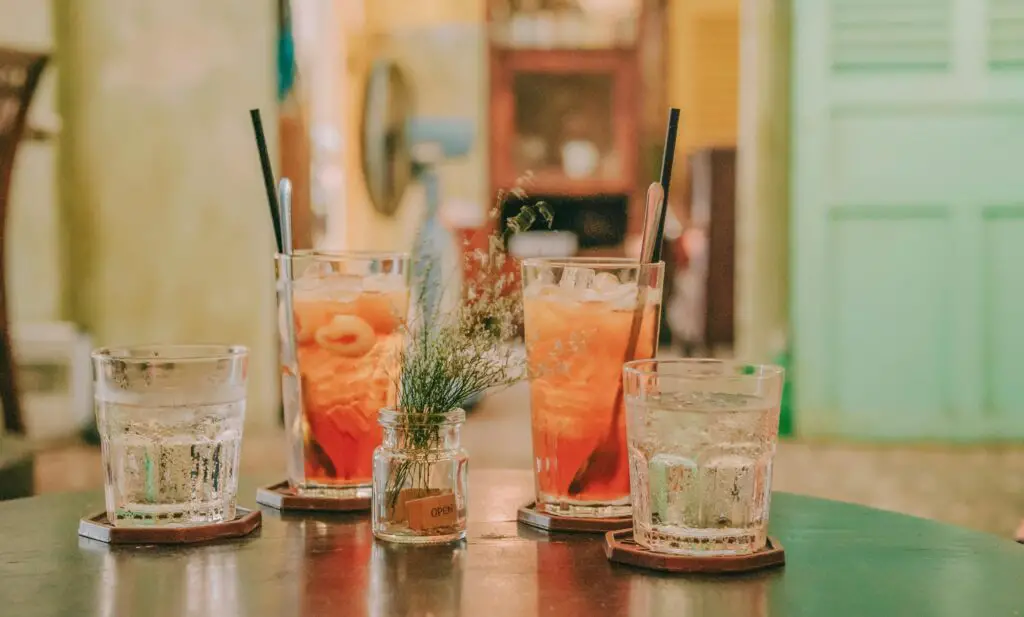
In most American restaurants, water automatically comes with a towering pile of ice cubes, and people often request even more. It doesn’t matter if it’s snowing outside or if you’ve just ordered a steaming hot meal—ice is non-negotiable. Travelers from countries where chilled drinks are less common often find this obsession with ice baffling. It’s not just water either—iced tea, soda, and even coffee often come loaded with cubes. Many visitors are left wondering how Americans don’t all walk around with sore throats year-round says Business Insider.
In countries like France or Japan, room temperature water is the standard, and too much ice is considered unpleasant or even unhealthy. Some restaurants abroad won’t even have ice unless you specifically ask, and even then, it’s usually just a cube or two. Americans, on the other hand, seem to think a drink isn’t refreshing unless it clinks adds Yahoo.
2. Constantly Tipping (and Stressing About It)
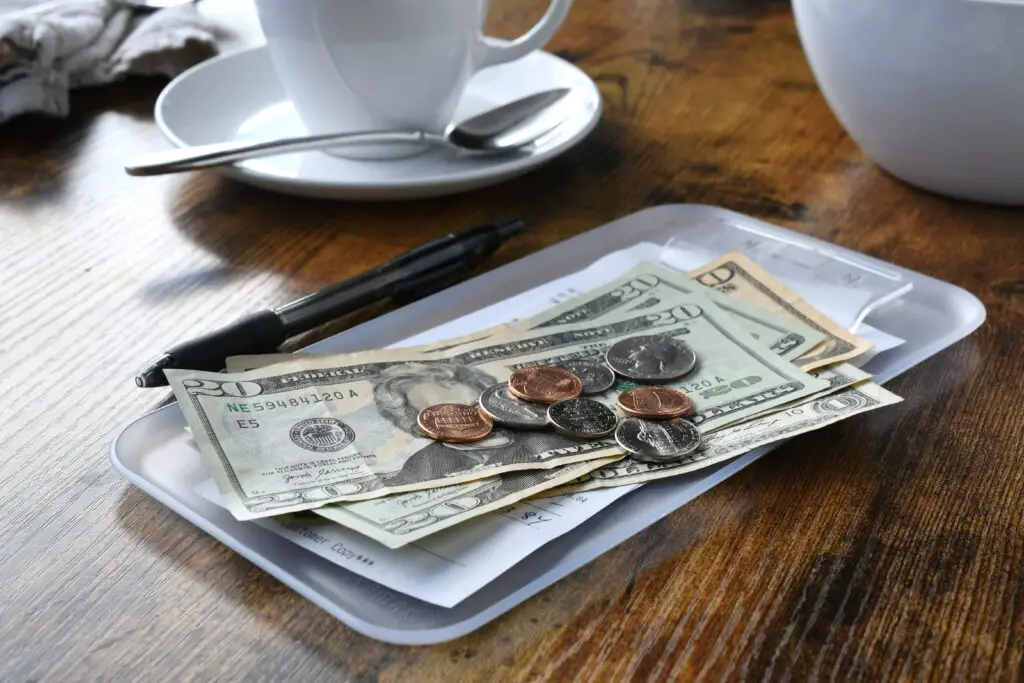
Tipping in the U.S. isn’t just polite—it’s basically mandatory, and often comes with a side of math-induced anxiety. Americans are expected to tip around 15–25%, depending on the quality of service, and sometimes even more if the server was extra nice or cracked a few jokes. Tourists are often shocked to learn that servers in the U.S. rely on tips to make a livable wage says Lonely Planet.
In many other countries, tipping is minimal or already included in the bill. Some cultures even see tipping as rude or unnecessary. So when foreigners visit an American restaurant and are handed a receipt with “suggested tip” options, they’re not just confused—they’re stressed. And don’t get them started on tipping at self-serve frozen yogurt shops shares CN Traveller.
3. Drinking Coffee With Meals
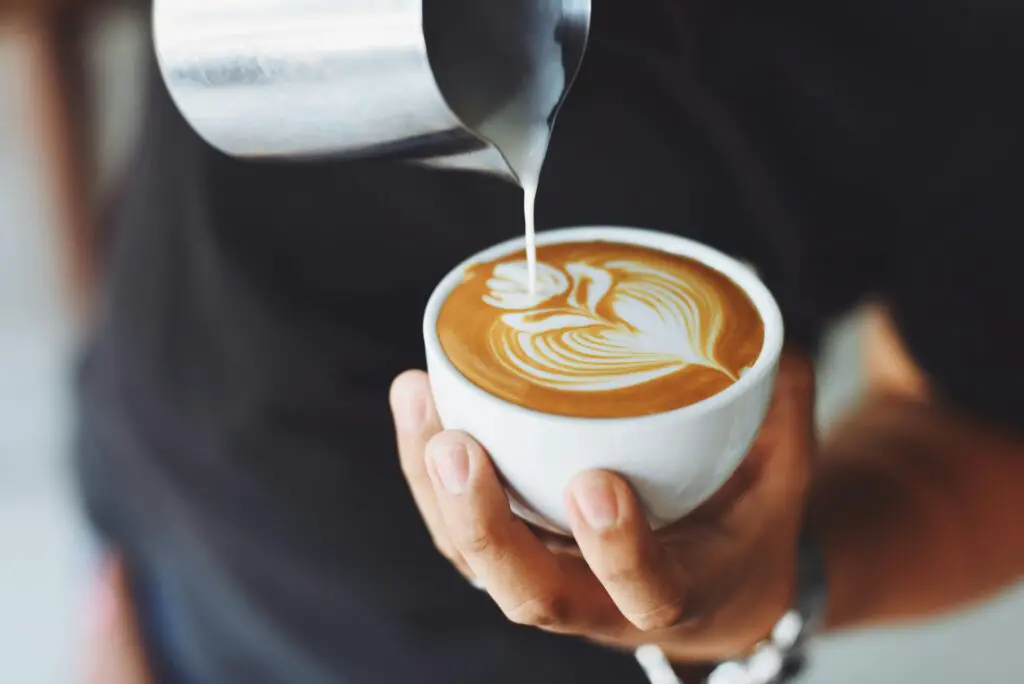
For Americans, coffee isn’t just a morning ritual—it’s welcome at pretty much any meal, including dinner. It’s not unusual to see someone order a burger and fries with a piping hot cup of joe. Most non-Americans find this pairing a bit jarring. Coffee is typically enjoyed solo or with dessert in many countries, not sipped while devouring a club sandwich.
In Italy or Spain, having coffee during a meal would be odd—espresso comes after. But in the U.S., coffee is practically its own food group, and the refillable mug is a staple of every diner. Many visitors just quietly stick with water and marvel at how Americans can sleep at night after downing a large coffee at 9 p.m.
4. Taking Leftovers Home
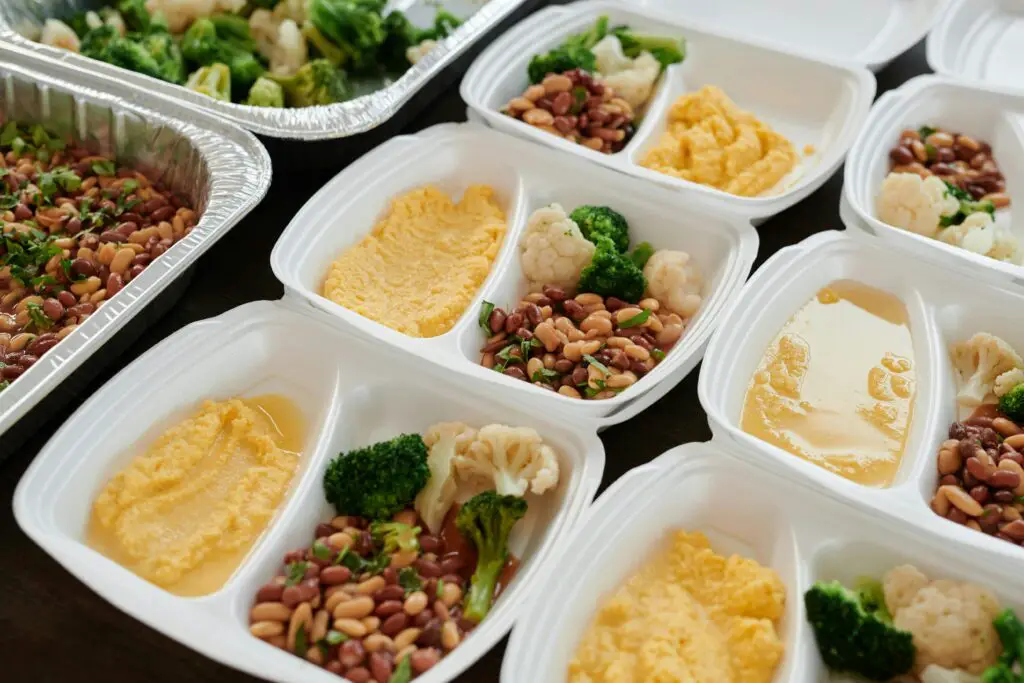
The doggie bag is practically a birthright in the States. If you don’t finish your meal, you simply ask for a box and take it home—no shame, no questions asked. In fact, some Americans plan for leftovers and order extra-large portions just so they can eat the rest tomorrow.
But in many other countries, this is considered tacky or even wasteful. Meals are meant to be enjoyed in the moment, not boxed up and eaten cold the next day. Foreign diners are often surprised when servers bring out containers without hesitation, as if it’s the most normal thing in the world. Americans, though, just see it as good sense.
5. Asking for Substitutions and Custom Orders
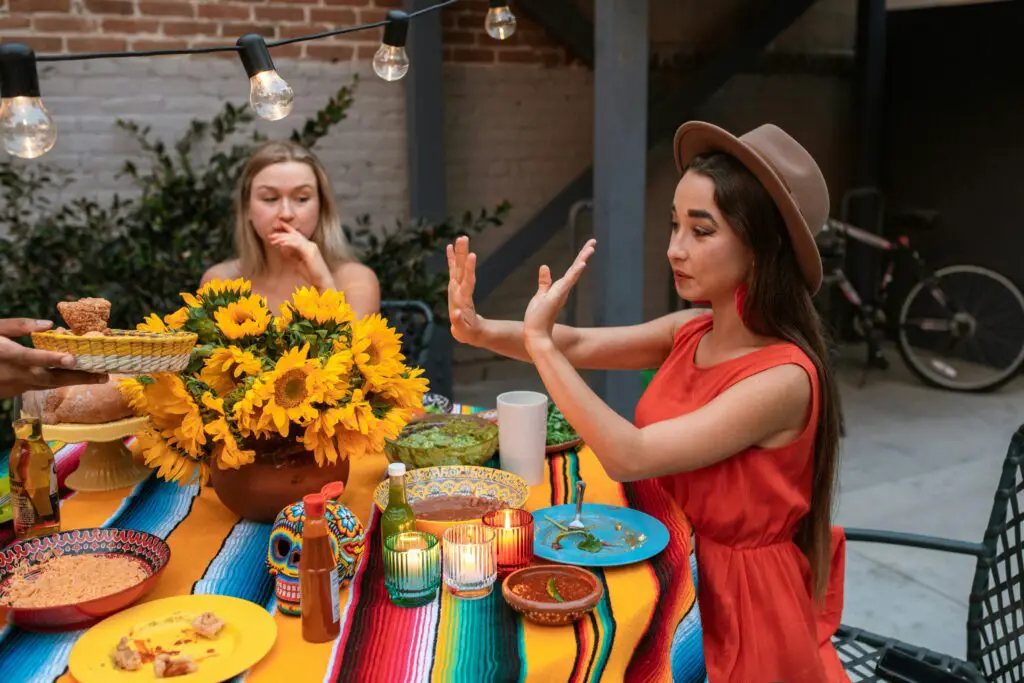
American menus might have set dishes, but customers treat them more like friendly suggestions. Want your sandwich without bread, extra avocado, no onions, and dressing on the side? Done. This “have it your way” mentality is deeply embedded in American restaurant culture.
In contrast, many other countries take a more “what’s on the menu is what you get” approach. Substitutions are rarely encouraged and sometimes outright refused. International visitors are often stunned at how willingly American servers accommodate endless tweaks. It’s not being picky—it’s just part of the experience here.
6. Splitting the Check Down to the Penny

In the U.S., it’s completely normal to divvy up a check with precision. Everyone pulls out their phones, calculates what they ordered, and pays accordingly. Sometimes friends even Venmo each other at the table. This level of financial detail can seem strange to visitors from places where one person typically covers the whole bill and it rotates each time.
Elsewhere, splitting checks is often discouraged or not even possible. Many restaurants abroad simply don’t separate bills, and asking for it can feel awkward or rude. But Americans love their individualism—even at the dinner table. If you ordered the fries and a lemonade, you’re paying for exactly that and nothing more.
7. Eating at Lightning Speed

Sit down at an American restaurant, and it might feel like there’s a race to see who can finish first. Meals are served quickly, eaten quickly, and cleared quickly. There’s little lingering unless it’s a fancy place or a special occasion. This fast-paced dining experience surprises many international visitors who are used to long, leisurely meals.
In countries like France or Greece, meals are social events that can last hours. But in the U.S., it’s often about efficiency—eat, pay, go. This tempo leaves some tourists feeling rushed and wondering why dessert isn’t followed by another hour of relaxed conversation. For Americans, that’s what the car ride home is for.
8. Overeager Servers
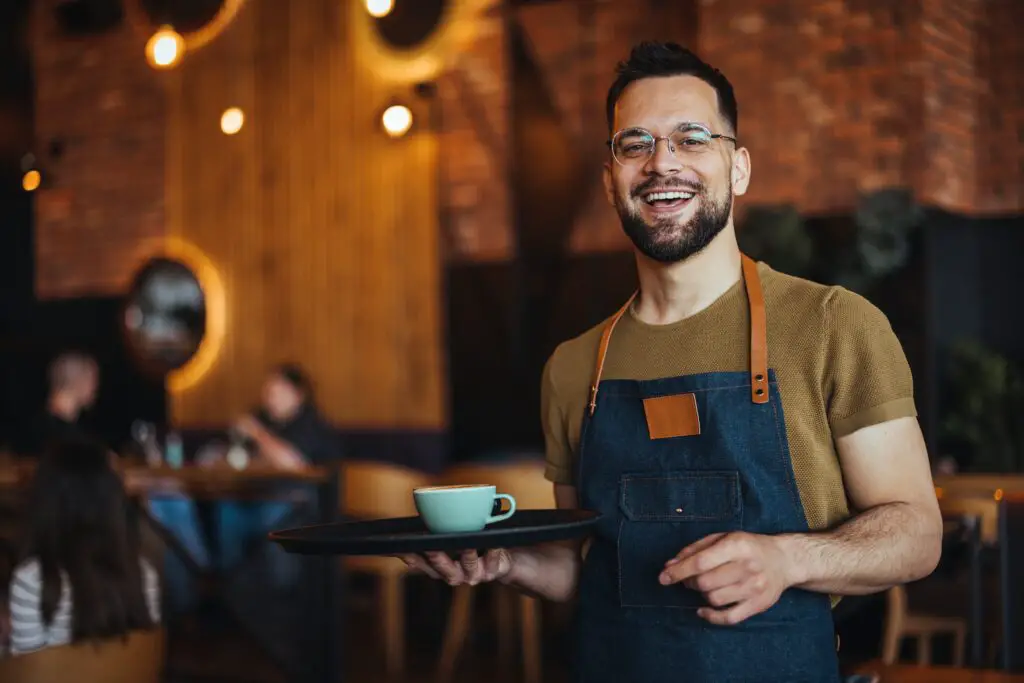
From the moment you sit down, American servers are right there with a big smile, introducing themselves by name. They check in often, refill drinks without asking, and might even kneel by the table to take your order. While it’s meant to be friendly and attentive, not all visitors interpret it that way.
In many countries, a more hands-off approach is the norm. Constant interruptions are seen as intrusive rather than helpful. Foreign guests sometimes feel overwhelmed by all the attention and just want to eat in peace. Americans, though, are used to this style and even expect it—especially when tipping is involved.
9. Offering Bread Before the Meal (and It’s Free!)
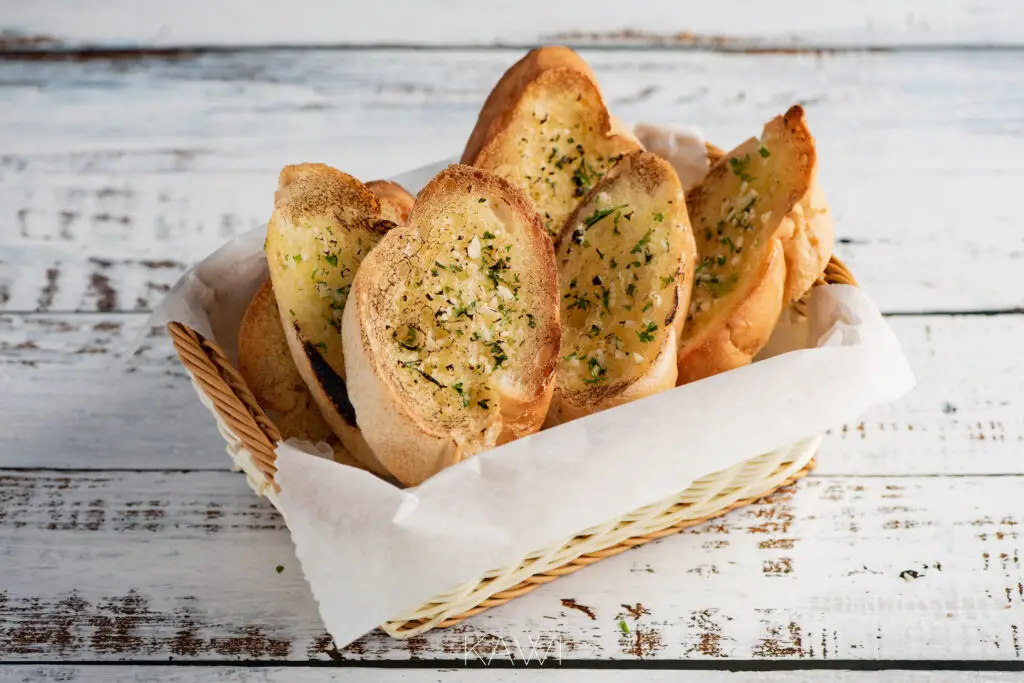
In a lot of American restaurants, a basket of bread appears the moment you sit down, and it doesn’t cost a dime. Sometimes it’s warm rolls, other times it’s a loaf with butter or oil. Either way, it’s all complimentary and endlessly refillable in many places. This generous pre-meal carb-fest is a surprise to diners from places where nothing is free—not even water.
In Europe, for example, bread might be offered, but it’ll likely show up on the bill. Tourists often hesitate when that first basket arrives, unsure if they’re about to be charged for it. Americans, meanwhile, dive right in, treating it like a warm-up round before the real food arrives.
10. Serving Giant Portions
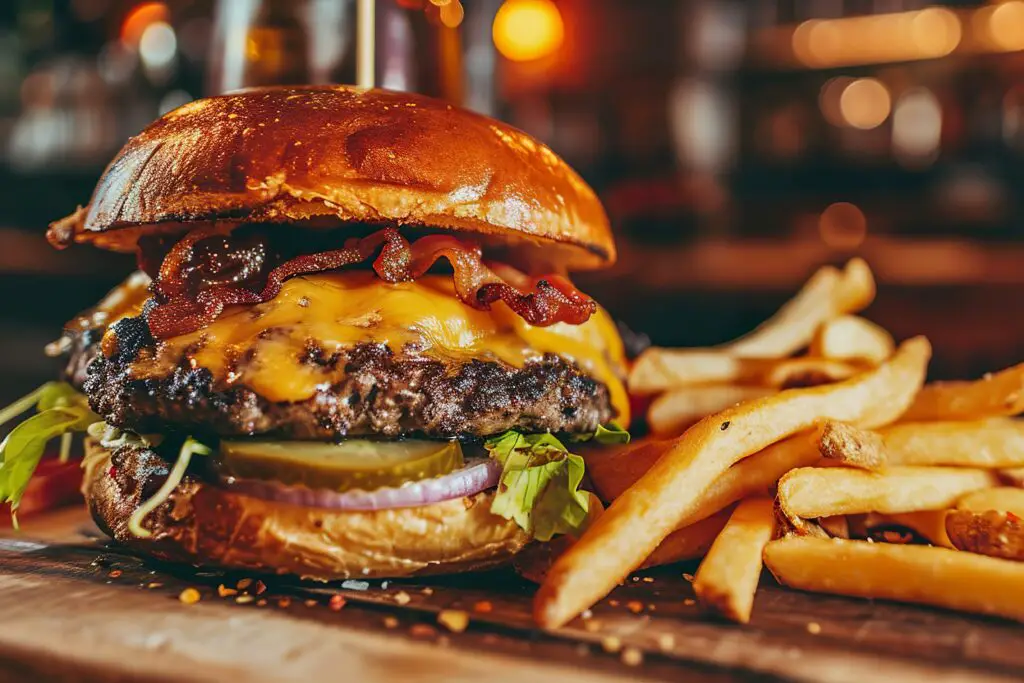
American portion sizes are legendary. A “small” drink in the U.S. could easily be a large elsewhere. Entrees often look like they’re meant to feed two people, yet they’re intended for one. Tourists frequently snap photos of their meals just to show people back home how huge everything is.
In many other parts of the world, smaller, more modest portions are the norm. Visitors may struggle to finish their plates or feel overwhelmed by the sheer volume of food. Americans, however, see value in abundance. More food equals a better deal—and probably a box to take home later.
11. Drinking Soda With Everything
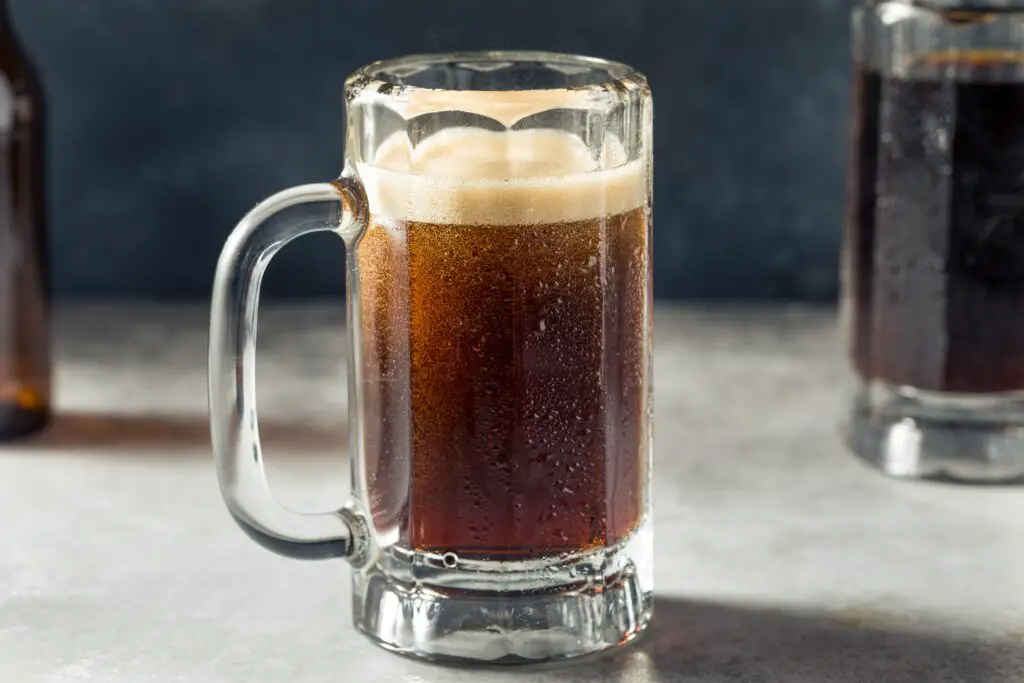
In the U.S., soda is practically the default beverage at restaurants. It’s available in endless varieties and served in massive glasses that never seem to empty. Free refills are common, so you’ll often find servers topping you off mid-sip. To visitors, this level of soda consumption can be shocking.
Elsewhere, soda is a treat—not a mealtime staple. And you usually pay for each bottle or can, so refills aren’t even a thing. But in America, it’s Coke with pizza, Sprite with salad, or even root beer with steak. And don’t be surprised if the kids get their own refills too.
12. Using So Much Ice Cream and Whipped Cream
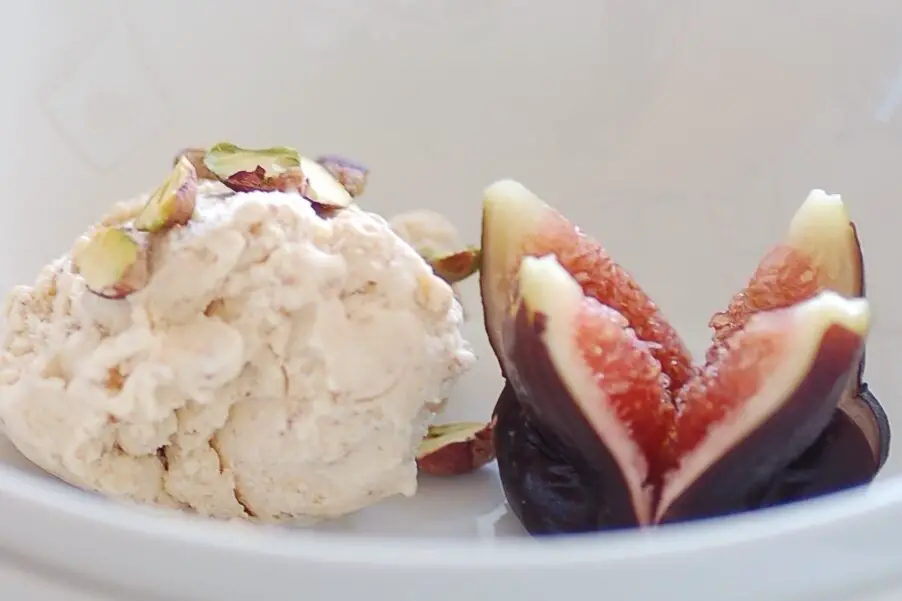
Desserts in American restaurants are often over the top. A simple slice of pie doesn’t come alone—it’s smothered in whipped cream, maybe a scoop of vanilla ice cream, and often some caramel drizzle for good measure. Even pancakes come with a tower of whipped cream at breakfast spots.
International guests sometimes find these sweet mountains a bit much. Many desserts abroad are more restrained—think delicate pastries or small slices. But in the U.S., more is more. It’s not dessert unless it looks like it belongs on a birthday table, even if it’s just a Tuesday.
13. Not Lingering After the Meal

Once the plates are cleared and the check is paid, most Americans get up and leave pretty quickly. Hanging around to chat for another hour just isn’t the norm—especially during busy hours. In fact, staying too long might even feel awkward or like you’re holding up the next party.
In other cultures, lingering is expected. Meals stretch out into conversation and coffee, and no one rushes you out. So for foreign visitors, the pace of a U.S. meal can feel strangely transactional. Americans aren’t being rude—they just figure the chat can continue elsewhere.
14. Eating Dinner Super Early
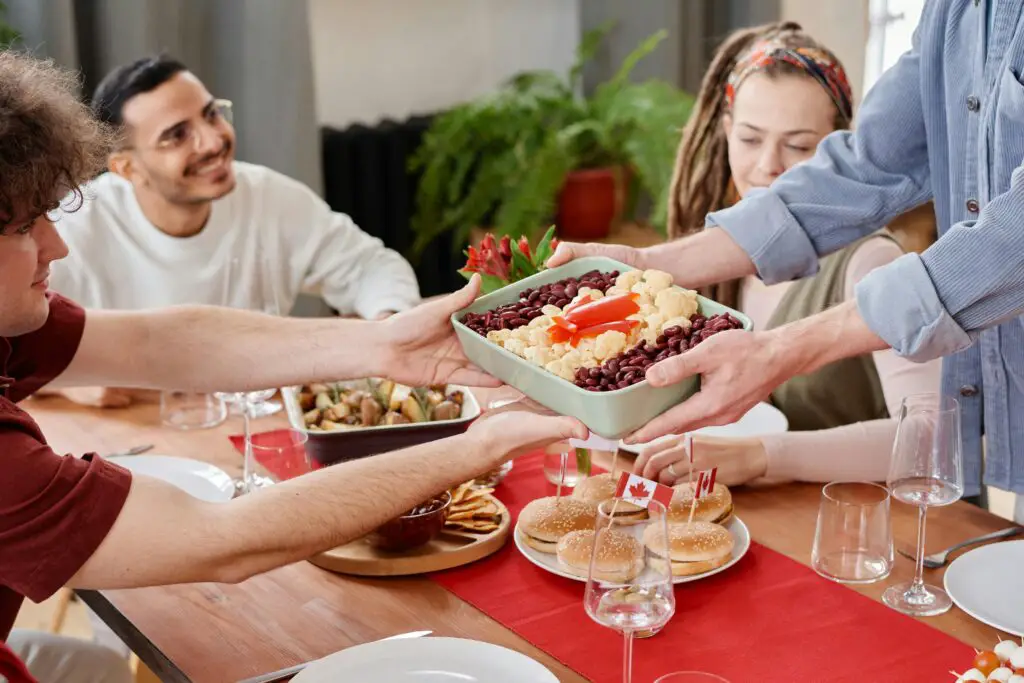
In the U.S., it’s not unusual to eat dinner at 5 or 6 p.m., and some restaurants even open for dinner service at 4. To visitors, this can feel more like late lunch than a proper evening meal. It’s partly cultural and partly practical—families, early work schedules, and early bedtimes all play a role.
In countries like Spain or Argentina, dinner doesn’t even begin until 9 p.m. or later. Tourists often find themselves adjusting to this early American dinner hour, especially when they discover some kitchens close by 8. For Americans, though, an early dinner just makes room for dessert or a late-night snack.
15. Putting Cheese on Everything

Cheese is an American staple that somehow ends up on nearly every dish. Burgers? Obviously. Pasta? Sure. Salad? Why not—sprinkle some feta or blue cheese crumbles. Even breakfast gets the cheese treatment with omelets, breakfast sandwiches, and cheesy hash browns.
This cheese obsession surprises visitors from regions where cheese is more selectively used. While France and Italy are known for their cheeses, they don’t put them on everything all the time. American menus, however, seem to find endless ways to incorporate cheddar, mozzarella, or whatever’s melty and gooey. And if it’s not there, don’t worry—there’s always a cheese add-on option.
